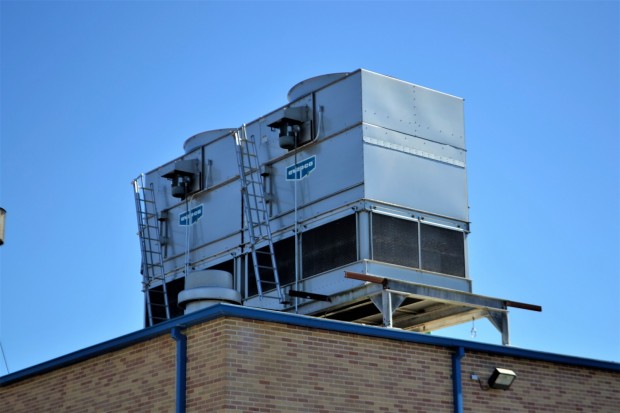What Is the Function of Control Valves in an HVAC System?
Most of the essential components in an HVAC system, such as cooling water pumps, fan coil units, air handling units, and water chiller, use valves to control the flow of gas, air, and water. Some of the most common control valves that you may see in an HVAC system are as follows:
1. Ball valves, butterfly valves, and plug valves help in controlling the ventilation and heating of an air conditioner. Some of the other pipes used in ACs are diaphragm valves, gate valves, and knife gate valves.
2. Many HVAC systems also come with triple-duty valves for cooling and heating Hydronics. They work as a balancing valve, check valve, and shut-off valve simultaneously. Additionally, you may also come across automatic flow, limiting valves that control the speed pumping system, which regulates water flow in an HVAC unit.
3. The HVAC hydronic loop works according to the water pressure. That is why these systems contain a pressure reducing valve that controls the water pressure in this loop. They also come with circuit setter valves that maintain a specific amount of water flow through the piping loop in an HVAC.
Purpose of control valves
HVAC systems contain various fluid components. They depend on the pressure range operated with the help of actuators. Control valves help in controlling the forces that regulate the pressure range in HVAC systems. They protect the actuators from letting the pressure reach its maximum level. As soon as the pressure starts touching the upper limit, the valves divert excess oil to bring the pressure down.
In addition to controlling the pressure-regulating forces in HVAC systems, these valves also help in releasing cracking pressure in HVAC fluids. Most manufacturers use ball valves because they are inexpensive. But if you are looking for a control valve that offers a better flow of pressure in the HVAC fluids, then you should go for globe valves. Many companies also use CCV ball valves in HVAC systems. They are a combination of ball valves and globe valves as they control airflow in your HVAC.
The control valve plays a crucial role when it comes to pressure overriding in an HVAC unit. On the one hand, it regulates cracking pressure that allows HVAC fluids to pass quickly. But on the other hand, it also allows full-flow pressure into the HVAC. Together, they help improve the efficiency of your HVAC system significantly.
HVAC systems also contain adjustable control valves that control the compression spring's pressure. This pressure is more than that of a poppet or ball valve. Sometimes the fluid in the HVAC's tank leaks when you use the machine for long hours. The adjustable control valve's pressure forces the spring to send the leaked fluid into the tank again. The fluid pops out from the shell when the HVAC's system pressure reaches its maximum level. This is when the valve exerts additional strength to the spring in the poppet so that it can reduce the weight and allow the fluid to go back to its original chamber.
Control valves are critical for HVAC systems. They play an essential role in ensuring that your unit operates efficiently and lasts for an extended period.
See Now: NASA's Juno Spacecraft's Rendezvous With Jupiter's Mammoth Cyclone
* This is a contributed article and this content does not necessarily represent the views of scienceworldreport.com





Join the Conversation